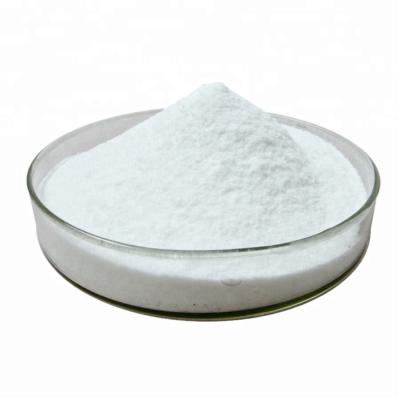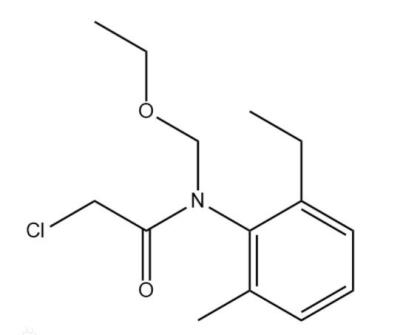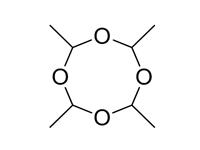Syngenta lance quatre nouveaux biopesticides en Italie
En à peine vingt ans, les substances actives de synthèse pour la défense phytosanitaire ont pratiquement diminué de moitié, passant d'environ 440 en 2000 à un peu plus de 200 aujourd'hui.
Cela est dû à des exigences réglementaires de plus en plus exigeantes en termes de profils toxicologiques et environnementaux.
Cependant, la défense ne connaît pas de revers, exigeant la plus grande attention contre les agents pathogènes et les parasites. Tout cela, avec un œil également sur le profil résiduel des cultures, est une autre question sur laquelle les chaînes agroalimentaires mondiales ont plutôt réfléchi de relever la barre.
Cela a créé le besoin de développer de nouvelles solutions avec un caractère complètement différent, comme pour combler les lacunes laissées par les défections des molécules synthétiques, apportant en même temps des avantages significatifs d'un point de vue toxicologique, environnemental et résiduel.
La charge des produits biologiques
Dans ces scénarios très exigeants, le secteur des solutions d'origine naturelle, autrement appelées "Biosolutions", a rapidement retenu la plus grande attention. Il s'agit de substances actives issues de micro-organismes ou d'espèces appartenant au règne végétal ou des micro-organismes eux-mêmes, qui peuvent également être utilisés en agriculture biologique.
Aujourd'hui le secteur des produits de biocontrôle prolifère rapidement grâce à l'arrivée de nouvelles propositions techniques, chacune unique. Dans ce contexte, Syngenta a sorti en 2023 une poignée de produits adaptés à ces exigences, à savoir ROMEO ® , ARBIOGY ® , BEMOTIUS ® et CLAVITUS® 13 SL.
En plus de représenter une injection de nouvelles solutions organiques, leur utilisation représente également une opportunité précieuse pour l'agriculture raisonnée de différencier et d'enrichir les programmes de défense traditionnels.
Les quatre axes de la lentille
The advantages deriving from using biosolutions are all tangible and extremely interesting. For example, they help contain pathogens and parasites through mechanisms of action utterly different from synthetic substances. This contributes to the contrast of resistance phenomena, a growing problem in the various sectors of phytosanitary defense. The absence of a safety interval, or in any case extremely limited, also allows its use up close to the collection.
Formulated as a wettable powder, ROMEO® is a biofungicide based on cerevisane, an inert substance made up of the cell wall of Saccharomyces cerevisiae strain LAS117. It acts as a resistance inducer in plants and can be used on vines and vegetables against powdery mildew, downy mildew and botrytis. Crops subjected to treatment with ROMEO® activate endogenous responses to pathogens since the product mimics their presence. Therefore, when the disease arrives, the plant tissues have already proactively activated their natural defenses, thus hindering its spread.
There are three insecticides:
ARBIOGY® is a bioinsecticide containing Beauveria bassiana - ATCC 74040, a parasitic fungus of insects and mites. It can also be used organically and is registered on vines, stone fruit, floral and ornamental crops. ARBIOGY® is formulated as an oily dispersion and should be used at the first appearance of the target organism, conducting up to a maximum of five applications per year with an interval of 5 to 7 days. Its spectrum of action includes thrips, mites, leafhoppers (including scaphoid), whiteflies, fruit and cherry flies.
BEMOTIUS® instead contains azadirachtin A and is proposed as a natural insecticide for the protection of apple trees, citrus fruits, vines, strawberries, floral/ornamental and numerous horticultural crops. Authorized for foliar and soil use on target parasites, it acts as a growth regulator, altering the development of insects. It also has a disappetent and repellent action which performs a dissuasive function. Its spectrum of activity is broad, including aphids, mealybugs, whiteflies, leaf miners, thrips, flies, Colorado potato beetle, nocturnals and other lepidopteran larvae. Of the four innovations from Syngenta, it is the only one that must respect a safety interval, which varies from one to seven days, depending on the crop.
Finally CLAVITUS® 13 SL. Authorized on the main horticultural crops, it is a liquid formulation containing potassium salts of fatty acids at a rate of 130.4 grams per liter, combined with vegetable oils and essential oils such as terpenes and aromatic substances. Vegetable oils make the exoskeletons of the target parasites more permeable, i.e. aphids, bedbugs, thrips, whiteflies, leaf miners and mites, allowing for better penetration of potassium salts. At the same time, the aromatic substances function as repellents, adding an additional element to the product's mode of action. In the field, it should be used when parasites appear, repeating the treatment in case of re-infestation. CLAVITUS® 13 SL is also characterized by its high speed of action and strong knockdown power. Not having any safety interval,
Un catalogue dédié
The new four bio-solutions from Syngenta fit into and expand an already established range of products in organic and integrated agriculture. Market references in this sense are in fact products such as TAEGRO® (B. amyloliquefaciens - FZB24) and PRIMIAL® (B. thuringiensis var. Kurstaki SA11).
By correctly inserting these proposals in the defense programs, it is possible to contain the adversities of the crops while lightening the environmental pressure and the residual profile of the crops.
Provenance : Syngenta Italie Spa




